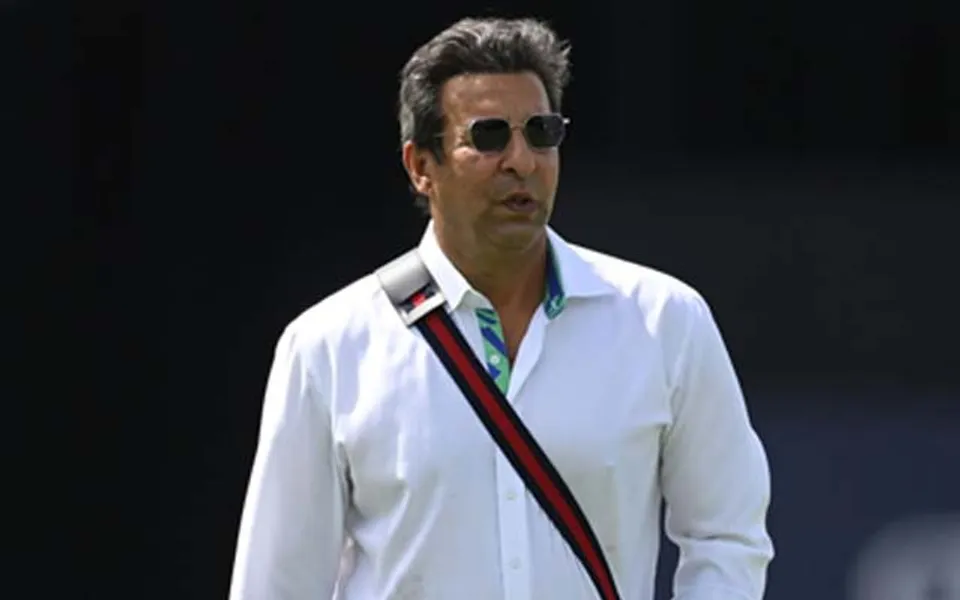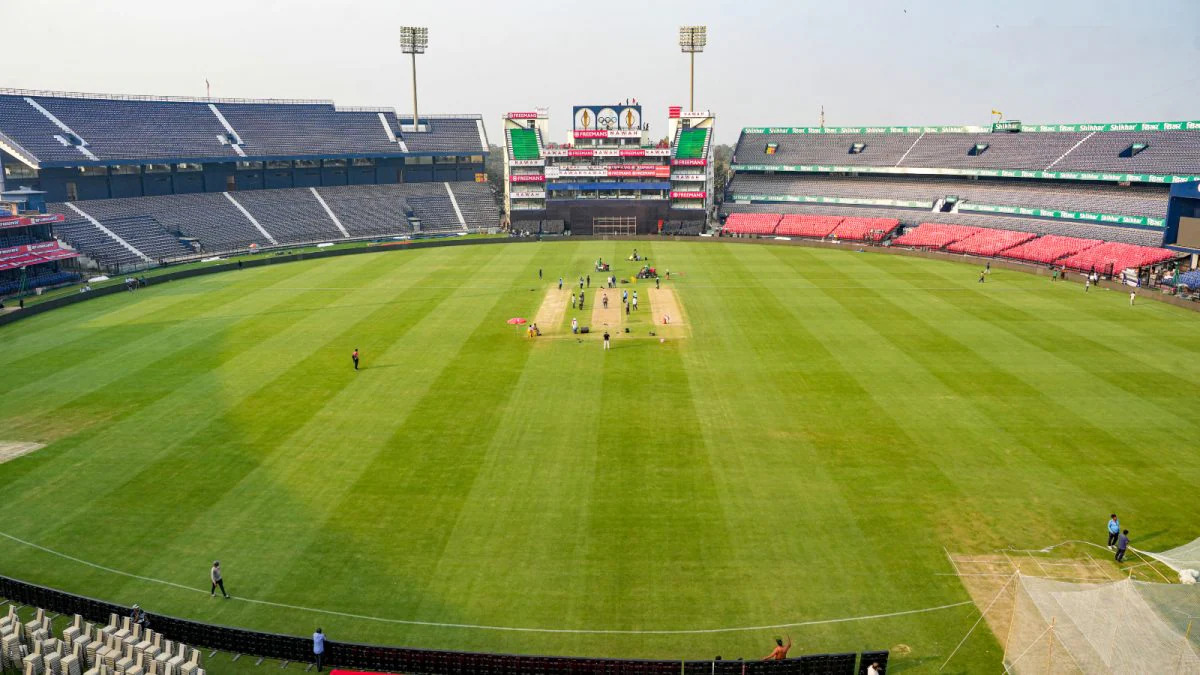As part of a redesign of the women’s contests, the England and Wales Cricket Board (ECB) has called for a structural shift in women’s cricket and invited counties to “show their vision.” The 18 first-class counties and the MCC are reportedly the recipients of invitations to tender from the regulatory body for one of eight women’s professional “Tier 1 clubs.”
In the past five years, there has been another significant modification to the professional women’s playing structure in England. A new structure that will not include as many teams from the same county will replace the current one, which began in 2020 and places teams competing for the Charlotte Edwards Cup and Rachael Heyhoe Flint Trophy under central ECB authority.
Addressing the identity crisis that has recently afflicted some of the regional teams is the goal of this approach. In order to give the teams a deeper sense of identity and give the game a more regional flavor, the ECB is working hard to integrate the teams with current counties and their men’s squad starting in the 2025 season.
It will also give the clubs more control, ownership, and accountability while assisting the ECB in marketing domestic women’s cricket.
Director of the ECB’s Women’s Professional Game Beth Barrett-Wild discussed the recent changes, saying that whereas the previous model concentrated more on professionalizing women’s cricket, the current structure aims to achieve commercial success. She anticipates that women’s cricket in Wales and England will have greater exposure and opportunity thanks to the new format.
“The regional model was introduced in 2020 with the explicit goal of professionalizing women’s cricket in the country as soon as feasible, and I believe it has done an outstanding job in that regard. According to ESPNcricinfo, Beth stated, “We are now up to about 88 professional female cricketers across those eight teams, over 100 coaching support staff, and 102 fixtures this year and they’ve gone up year-on-year.”
“I believe that there is a component to the current arrangement of professional women’s and men’s games—they are somewhat segregated, and women’s teams are perceived as different from men’s teams. We’ll have a stronger platform to market the women’s game thanks to it. Brands and business partners are showing signs of wavering in their readiness to invest solely in sports properties catering to men. It’s vitally necessary to be able to co-present men and women together,” she continued.






